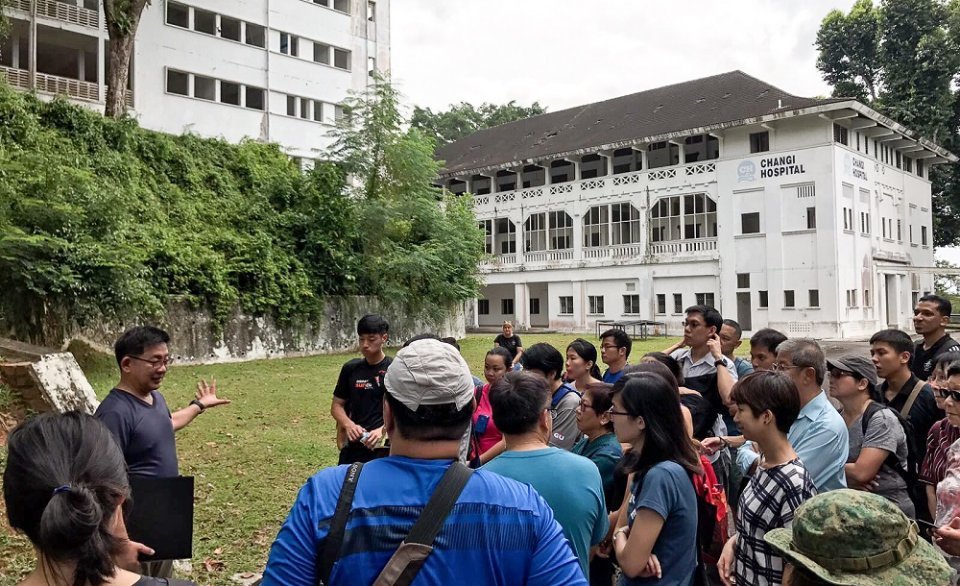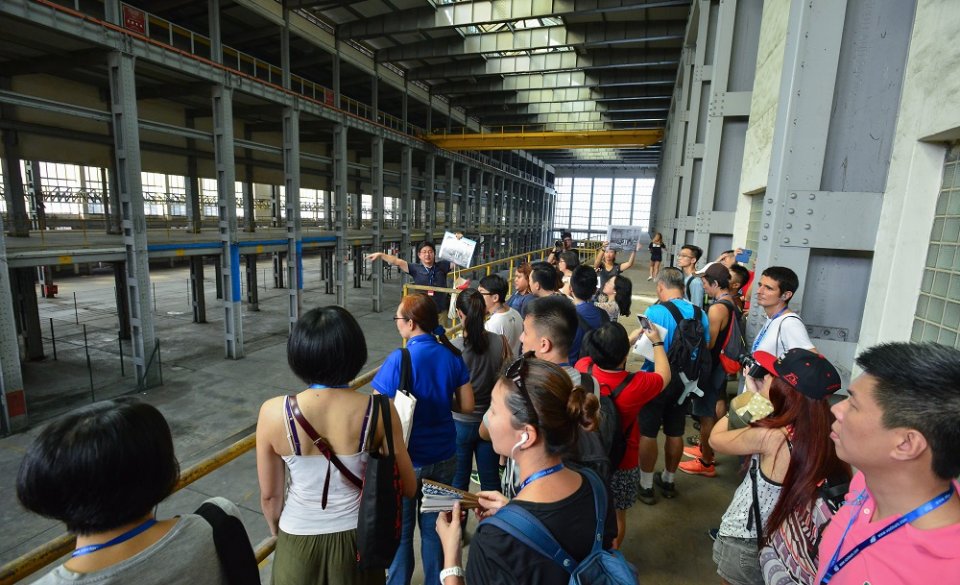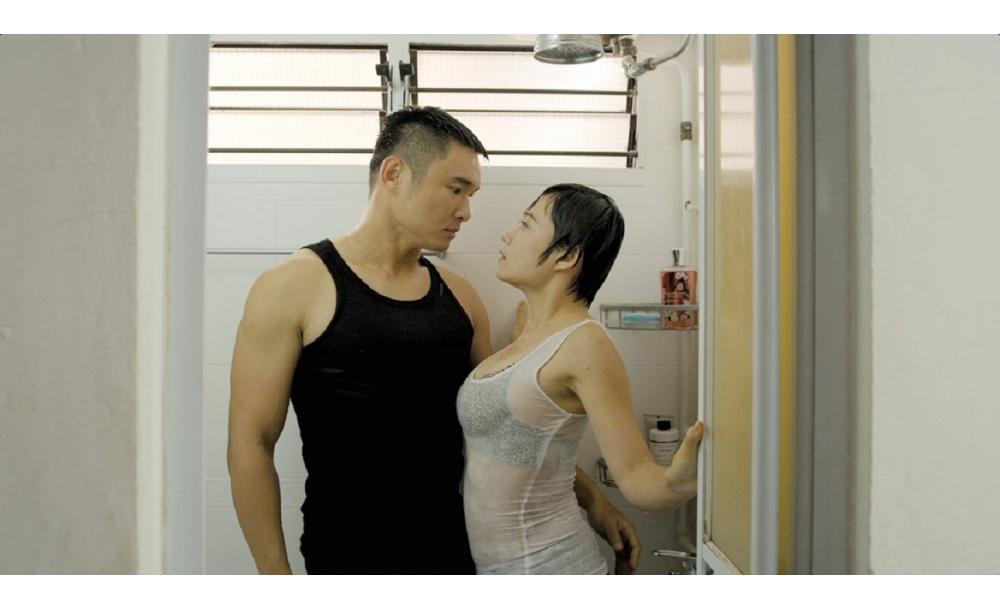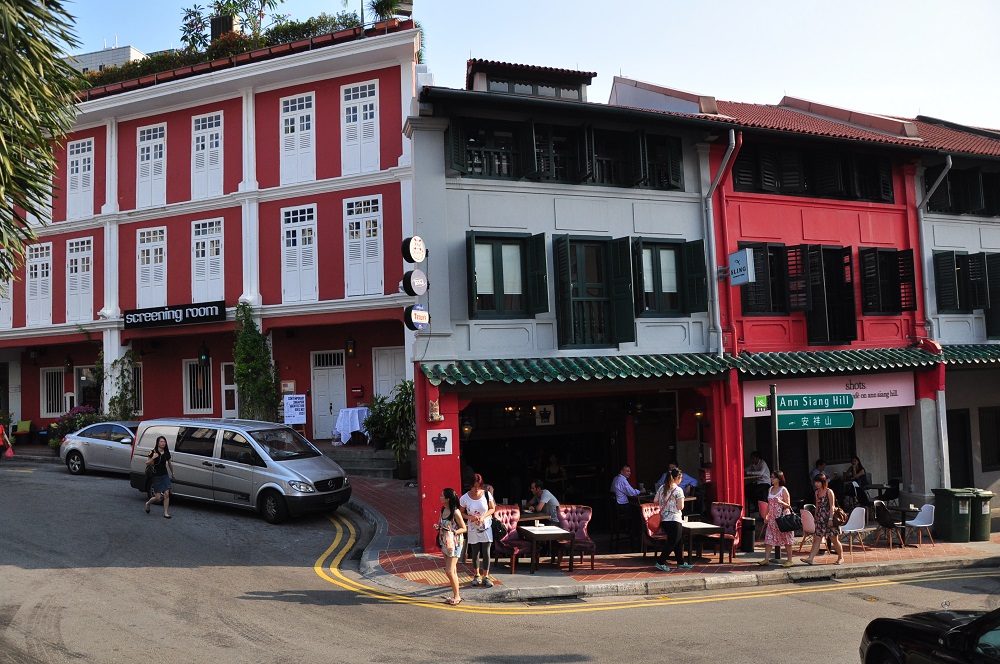Ask Jerome Lim about any building in Singapore; chances are, he’ll know a good story behind it. For example, he can tell you that a building in Chinatown houses Singapore’s oldest elevator—a rickety wooden-paneled car with collapsible gates. Or that the much raved about Rochor Centre was actually a post-independence attempt to rehouse people and businesses displaced by the country’s renewal plans.
He can also tell you that Changi Hospital isn’t as haunted as it’s made out to be. In fact, the 53-year-old heritage enthusiast’s memories of the place revolve around holidaying in the area in his childhood.
“My parents used to rent these holiday bungalows there in the ‘70s, the ones that are now run by people like Aloha,” he said. “Some of those bungalows or chalets were right below Changi Hospital, and it wasn’t then considered a very haunted place. I can vouch (that it isn’t); I’ve been there on my own, to visit a friend who was warded there and to scout the place, I didn’t feel anything wrong.”
In fact, he came out so unscathed that he organized a tour inside the closed site. In September last year, the naval architect by profession led a group of 40 around the building sharing a different, cheerier side to the story.

On the tour to Old Changi Hospital, Lim had a participant who had been born in the hospital. Photo credit: Simone Lee
It’s not just dilapidated buildings with spooky reps Lim organizes tours to. His specialty is places that played a part in Singapore’s history; often that includes old heritage buildings at risk of demolition.
It all began in 2008 when he started a blog. The Long and Winding Road was created to help capture his memories of old Singapore. He had been working in Penang at the time, and found that the architecture and landscape of the place reminded him of the Singapore he grew up in. “I think Penang being part of the Straits Settlements had many connections with us; it brought back a flood of memories, and my idea was to try to put it down so I don’t forget,” Lim said. “At some point I’ll start losing all this, so (I thought) might as well make an effort to try and preserve that, to help me connect with Singapore.”
Armed with just a camera and a thirst for history, he began to photograph places and buildings of personal interest. These he uploaded to his blog, with detailed write-ups about the stories and histories behind each place. It grew a humble audience of fellow history buffs—but also caught the eye of the National Library (NLB).
In 2010, NLB reached out asking if he could do a walk—in his childhood neighborhood of Toa Payoh, which had been a new HDB town when he first moved there in 1967. On the tour he shared with participants the story of how The Queen visited his flat in 1972.
“My family lived on the top floor of this purpose-built VIP block, Blk 53, that had an open-air viewing deck,” said Lim. “I was 7 when The Queen visited; I recall my neighbor telling me not to wash my hands after I shook her hand—so I tried not to until my mother forced me.”

Lim leading the tour at Pasir Panjang Power Station. Photo credit: NLB
He’s since conducted walks in Sembawang, along the now demolished Rail Corridor, and various neighborhoods around the island. His most ambitious to date is a series of eight tours around unlikely venues in 2017, supported by the Singapore Land Authority (SLA). Organized in the first week of every month, the tours gave a limited few a rare look inside fenced-up properties like Pasir Panjang Power Station, the former View Road Hospital, and Old Changi Hospital.
Haunted hospitals seem to be a staple in the tour line-up, but on all his tours Lim has never relied on sensational ghost stories to pull people in—partly because SLA doesn’t allow it, and partly because it isn’t his interest in the first place. At the former View Road Hospital in Woodlands, which was previously a subsidiary of Woodbridge Hospital, he shared lesser known history about its use as a naval base.
“Sometime in the late ‘50s it became the barracks for Asian naval policemen, and I was able to find some children of these policemen who have photos and memories of the place, and could share,” said Lim.
“And that mental hospital wasn’t ever anything sinister; no mental patients scratching walls or whatever. It was actually more of a rehabilitative center for schizophrenia patients—some of them were allowed to go out and work and come back in and stay. There was also this strange little building, closed up and very dark, and people always thought it was some kind of morgue; but it was actually an above-ground bomb shelter.”
The series was a hit, and Lim is back in partnership with SLA this year for a new series touring seven sites. The tours kicked off in June with a visit to the Sembawang Naval Base Housing.
His next tour will take participants to a building along Kadayanallur Street in Chinatown, which used to be a hospital in the war-time, set up by St. Andrew’s Mission to serve the poor. On this tour, he will share stories of the occupants of the building during the 1920s—including those of a local doctor whose daughters got in touch when they heard about the tour. Under the pseudonym He Wen-Lit, the doctor later penned a non-fiction novel Synonan Interlude documenting life in the hospital, which Lim has been referring to for his material. Happening this Jul 7, the tour is already fully subscribed.
These days, the heritage buff—who happens to be the same age as the country he’s so proud of—blogs a little less often; but you can typically find him at the 11th floor archives in the National Library, one Saturday a month. Otherwise, your next opportunity to meet him is Aug 4, on a guided tour to the school campus at 10 Hyderabad Road. No ghosts there, but we hear there’s good naan.





